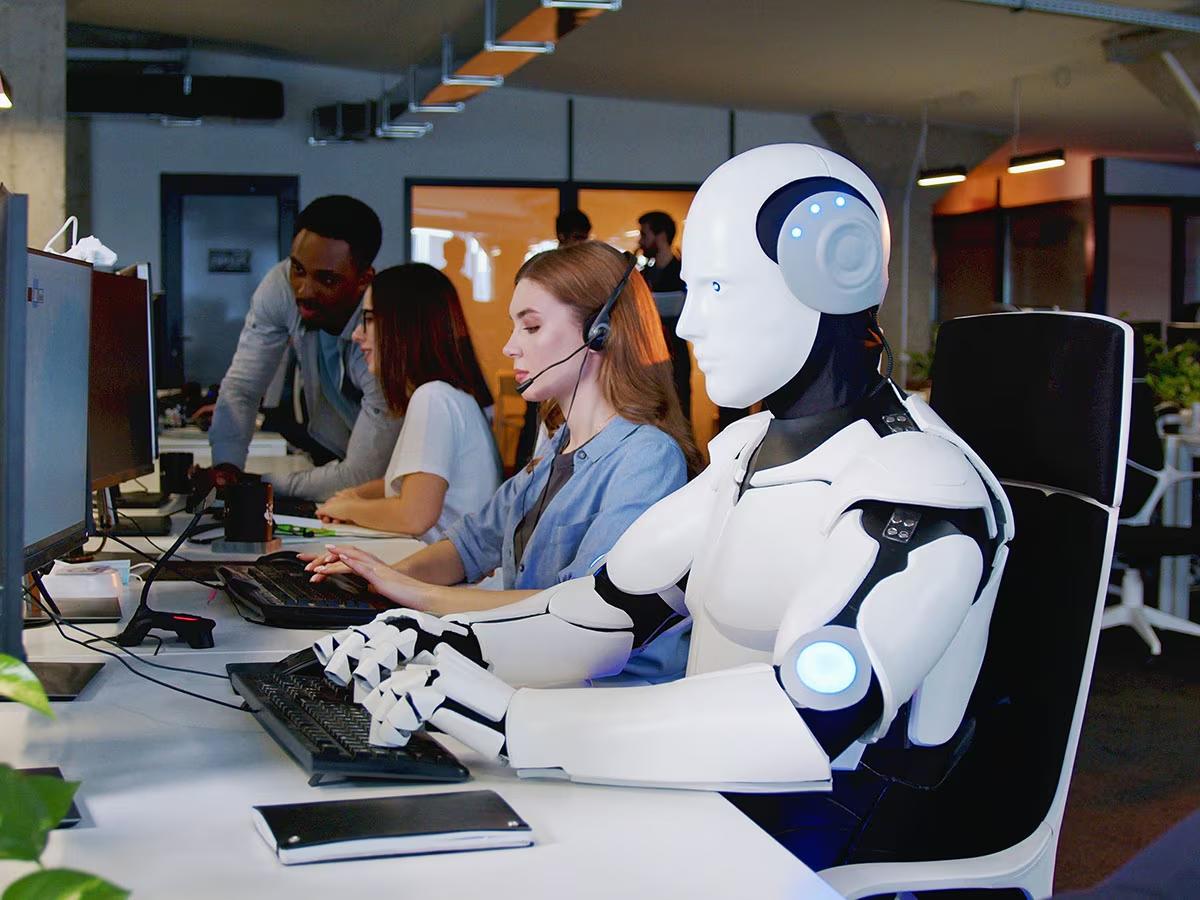Analyzing the Impact of AI on Employment Trends
The integration of Artificial Intelligence (AI) into various industries is reshaping the job landscape. As AI technologies become increasingly sophisticated, understanding their impact on jobs is crucial for employees, employers, and policymakers alike. Recent studies indicate that certain jobs may be at a higher risk of automation, while others could benefit from AI augmentation.
Jobs at Risk of Automation
AI has the potential to automate routine and repetitive tasks, leading to significant changes in the labor market. Below is a table summarizing various job categories and their susceptibility to automation:
| Job Category | Automation Risk (%) |
|---|---|
| Manufacturing | 85% |
| Retail Cashiers | 70% |
| Transportation and Delivery | 60% |
| Customer Service | 50% |
| Healthcare Support | 30% |
From the table, it is evident that jobs in manufacturing and retail are among the most vulnerable to automation, with high percentages indicating a strong likelihood of AI replacing these roles.
Opportunities Created by AI
While it's important to acknowledge the risks, it’s equally vital to highlight the opportunities that AI presents. New job roles are emerging in fields such as AI development, data analysis, and AI ethics. Here are some job categories that are expected to thrive in an AI-driven economy:
- AI Specialists: Professionals focused on developing and improving AI systems.
- Data Scientists: Experts who analyze complex data sets to inform business decisions.
- Cybersecurity Analysts: With AI systems in place, the need for enhanced security measures will rise.
- Ethics Compliance Officers: As AI ethics becomes a focal point, organizations will require specialists to navigate these challenges.
The emergence of these roles highlights a significant shift in the job market, with a growing demand for skilled professionals who can work alongside AI technologies.
Reskilling and Upskilling: Preparing for the Future
As AI continues to evolve, so must the workforce. Reskilling and upskilling are essential strategies for employees looking to stay relevant in their fields. Here are key areas where workers can focus their efforts:
- Technical Skills: Learning programming languages such as Python or R can be beneficial for those entering data science or AI development roles.
- Soft Skills: Skills like creativity, emotional intelligence, and critical thinking are less likely to be automated and increasingly valued in the workplace.
- Adaptability: Being open to change and willing to learn new technologies will be crucial as the workplace evolves.
Organizations can also play a role by investing in employee training programs that focus on these skills, creating a more agile workforce ready to tackle the challenges posed by AI.
The Role of Policymakers
Policymakers must also adapt to the changes brought on by AI. This includes creating frameworks that support workers affected by automation and ensuring that the benefits of AI are distributed equitably. Some potential actions include:
- Universal Basic Income (UBI): Exploring UBI as a way to support individuals who may lose their jobs due to automation.
- Incentives for Reskilling: Providing financial incentives for businesses that invest in employee training programs.
- Collaborations with Educational Institutions: Partnering with universities and vocational schools to create programs that align with the skills needed in an AI-driven economy.
By taking proactive steps, policymakers can help ensure that society as a whole benefits from the advancements in AI technology.
Conclusion: Embracing Change in the Workforce
The impact of AI on jobs is undeniable, with both risks and opportunities on the horizon. Employers, employees, and policymakers must work together to navigate this evolving landscape. By focusing on reskilling and upskilling, embracing new job roles, and implementing supportive policies, we can create a future where AI enhances human capabilities rather than replacing them. Understanding the AI impact on jobs is the first step towards preparing for what’s next.
```
















